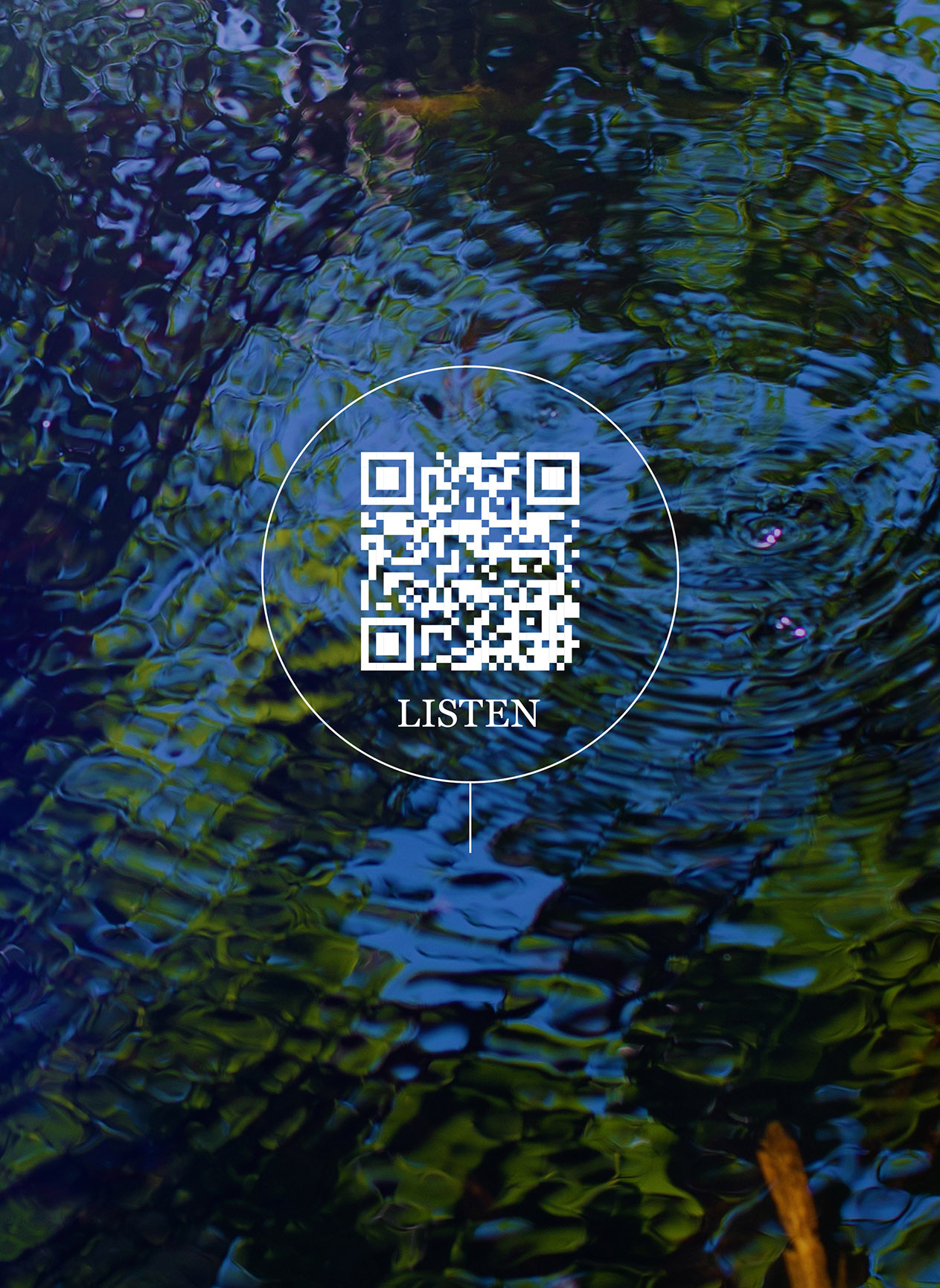
Wetland Project: Explorations in Sound, Ecology and Post-Geographical Art
Review By Simon Lysander Overstall
June 22, 2023
BC Studies no. 218 Summer 2023 | p. 143-144
Wetland Project: Explorations in Sound, Ecology and Post-Geographical Art, from Brady Marks and Mark Timmings, is an artists’ book, the latest component of the Wetland Project which is an ongoing sonic exploration of the TEKTEKSEN marsh in WSÁNEĆ territory, also known as Saturna Island, British Columbia. The core of the Wetland Project is a twenty-four hour, five channel audio recording of the marsh ecosystem. The recording has been presented as a full day radio broadcast or stream on the last six Earth Days and as new media art installations (the seventh Earth Day stream and a revised art installation are immanent at the time of writing). The book is a multifaceted accompaniment to Wetland Project, presenting new material in response to and about the project, as well as acting as a listening guide for the recording.
Wetland Project is a book that immediately engages the senses. The cover is a rich blue and green image of rippled water. The text is embossed. The pages are brightly coloured, and deep purples, greens, and oranges peek out. In place of a title on the cover there is a QR code and and an imperative: “Listen.” Activating the QR code links the reader to a web page of solid green with a “play” triangle icon and sounds from the wetland begin: midnight is for the frogs’ chorus.
The book derives its structure from the twenty-four-hour listening experience of the wetland/marsh. The 288 pages correspond to the 288 five-minute intervals in a day. Each page has a sequential time indicating which five minutes it represents. (The times then serve as page numbers, at least for the purpose of citations in this text.) As well, each page has a brief description of the sound that plays during the interval and is coloured according to a custom algorithm that maps audio frequencies to visible light frequencies (01:20). The colour of a page is a visual reflection of the audio at that particular interval. “A quick flip through the coloured pages provides a visual expression of the entire circadian rhythm” (01:25). Interspersed throughout the pages are beautiful photographs of the site, and nine texts, including poetry and musical scores, that are responses to the project, as well as selected social media posts in response to the Earth Day broadcasts. However, many of the pages of the book comprise only the colour, description and time, making a space for, and returning the reader’s focus to, listening.
For the most part the technological components of the book worked well. Each QR code linked to the correct URL, and the audio played back with good quality. However, with my device and browser the audio and colour field playback would not start immediately, though the simple interface indicated it had. This was easily remedied by pressing the playback control, however I was also not able to pause or stop playback. These issues are small, but indicate the potential for problems given the wide variety of devices, operating systems, and browsers readers could be using. The web page and playback for Wetland Scenario, the music composition, worked as expected, as did the soundscape playback on a different device and browser. In lieu of the impossible task of testing and ensuring compatibility with all these combinations perhaps the book could offer a more detailed interface. The simplicity and maximal colour field is appreciated, but a time display would locate the user and indicate that playback is happening. A volume control would be useful in case of playback issues. Finally, it would have been good to include text URL information for each of the QR code links, even as a collated list somewhere in the book. The text links would allow readers to access the playback without needing a capable device and headphones. I would have enjoyed being able to play back the marshland soundscape over loudspeakers more readily.
For a book review I have offered little in textual analysis. This follows the nature of the book. In general the project and the book flow from a framing in acoustic ecology and soundscape studies, in particular the work of Bruce Davis. The texts include contributions from Laurie White, Philip Kevin Paul, Hildegard Westerkamp, William Gibson, Alex Muir, Dylan Robinson, Elizabeth May, music from Stephen Morris, poetry from Susan McMaster, and photographs from Nancy Angermeyer. They are distinct enough to both provide different perspectives and to appeal to a variety of readers. The book serves as enrichment of the project by the multimodality of the responses and the additional contextual information. It also serves as a score for the reader, both in the sense that it is a notation of sonic materials that one might follow along with, and as instructions or a guide for the reader in how to perform a listening.
Publication Information
Marks, Brady and Mark Timmings. Wetland Project: Explorations in Sound, Ecology and Post-Geographical Art. Vancouver: Figure 1 Publishing, 2022. 288 pp. $45.00 hardcover.
